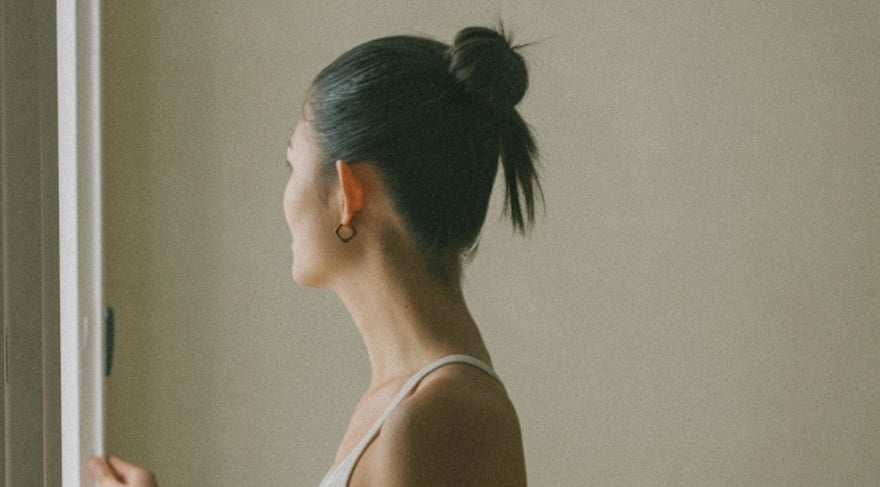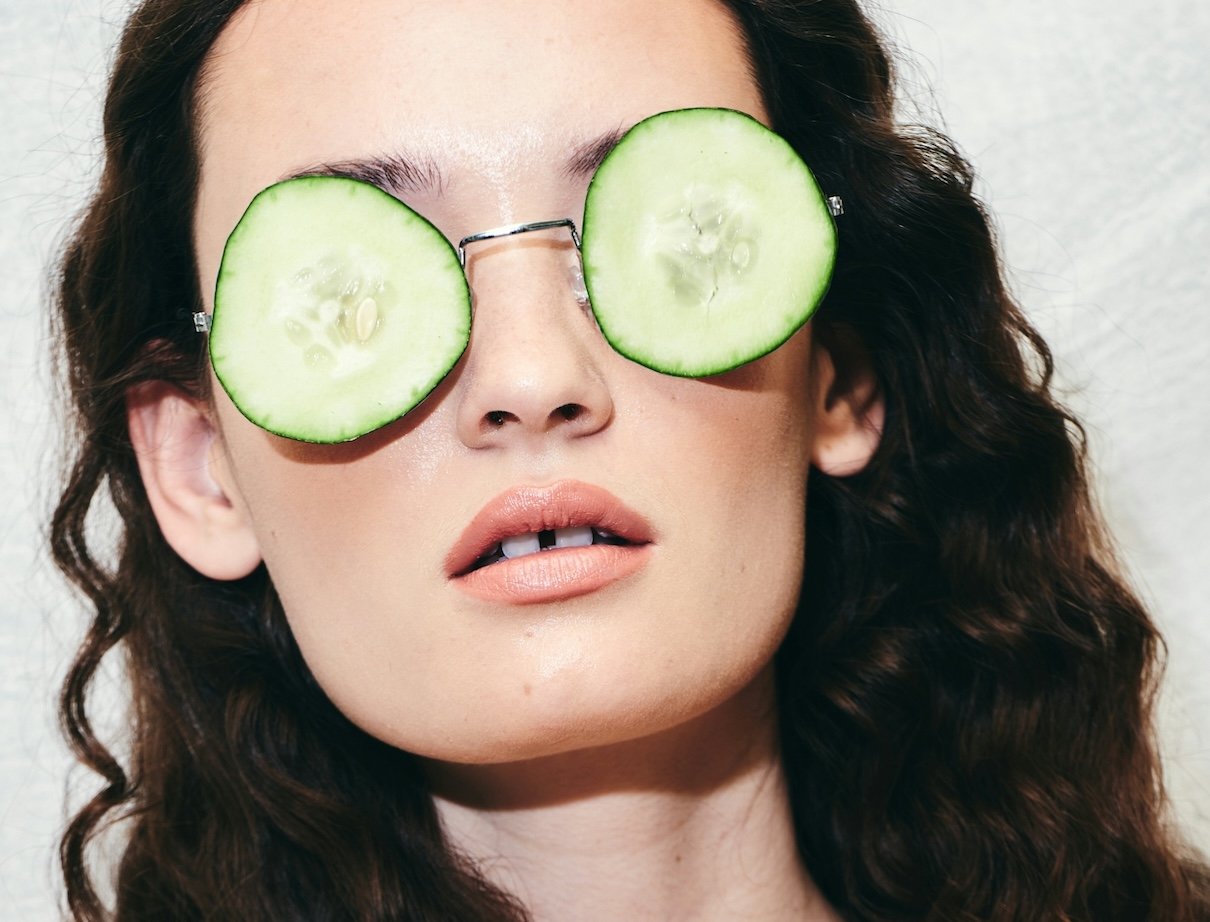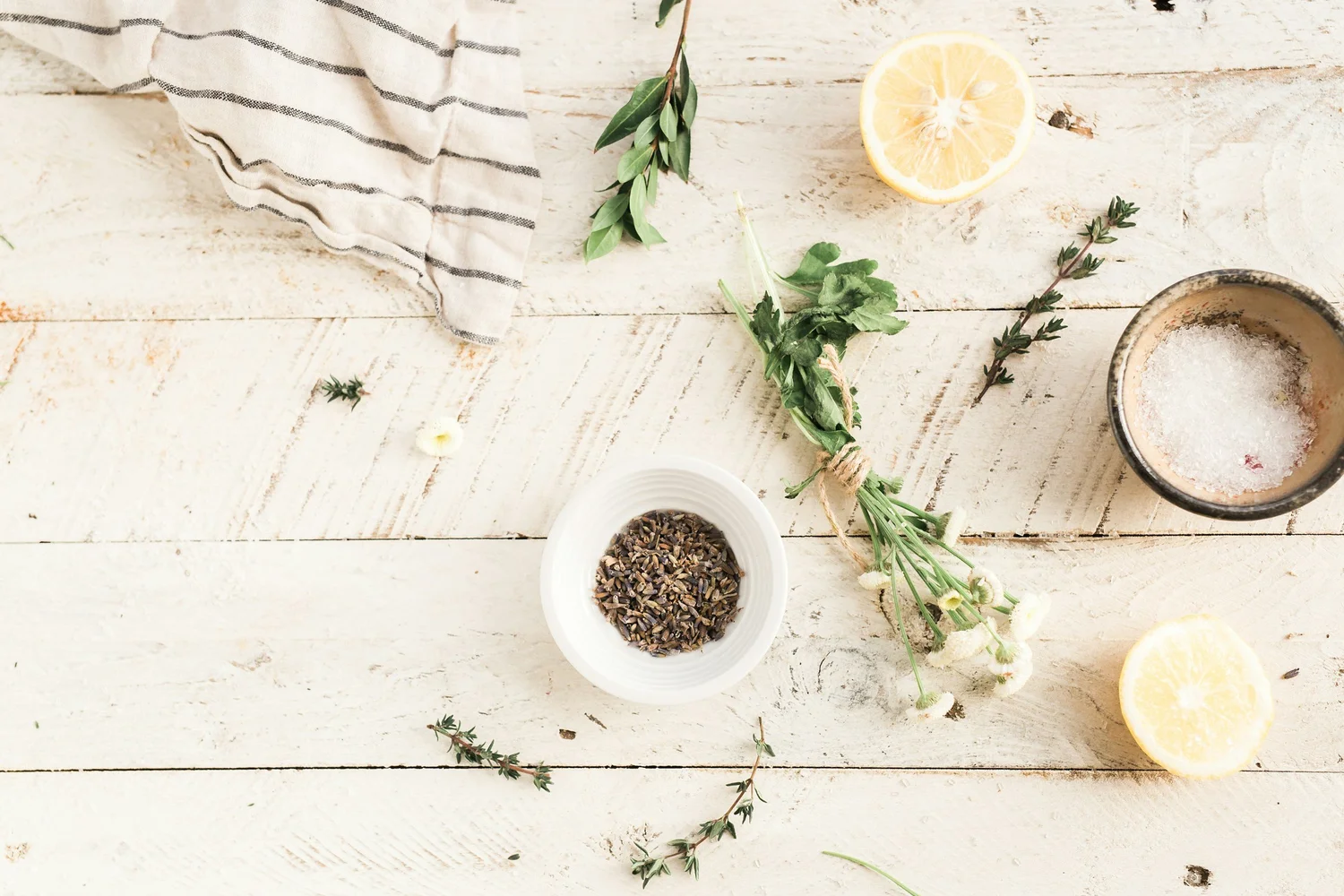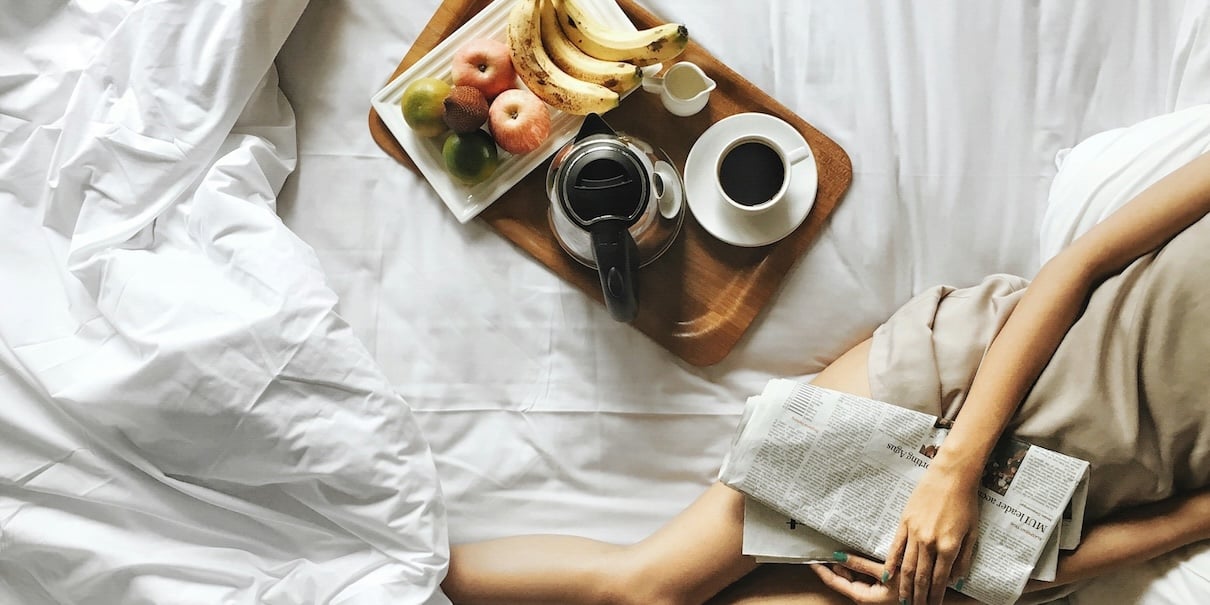So you’ve been rocking a slick-back for a while now—it’s quick, chic, and goes with everything. But maybe you’ve noticed shorter hairs along your hairline, or that your hair feels a bit thinner overall. While slicked-back styles are cute and convenient, wearing them too often can take a toll on your strands. Over time, these styles can actually lead to hair loss. Below we break down why this can happen, alternative styles to rock, and health tips for healthy hair.
How Do Slick-Back Styles Damage Hair?
Slick-back hairstyles create tension on your hair and scalp, which can lead to breakage—leading to shorter hairs along the hairline or at the nape of the neck. What’s more, repeated stress from tight styling can also cause hair loss, resulting in thinning or even bald patches. This condition is known as traction alopecia, according to the American Academy of Dermatology Association.
Chemically treated hair is especially vulnerable to damage. Chemical processes alter the protein structure of your strands, making them more prone to breakage—especially when combined with a tightly pulled-back style. Additionally, brushing wet hair into a slick-back after a shower, swim, or beach day can be especially damaging. Wet hair stretches easily and has a weaker cuticle, making it more prone to breakage
Alternative Hairstyles to Slick-Backs
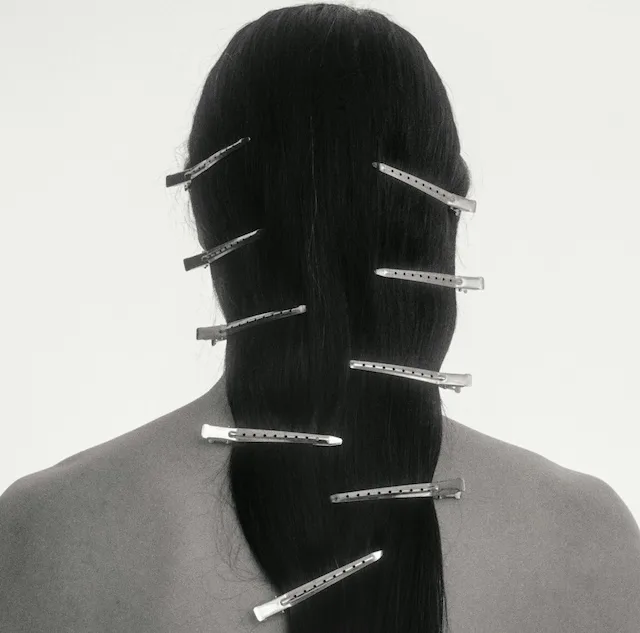
Swapping out your slick-back can feel daunting, but it can preserve the health of your hair over time. To help, we rounded up four pretty and polished hairstyles that aren’t a slick back bun or ponytail.
Messy Bun
Opt for a looser, messier bun for an effortlessly gorgeous look. Secure the knot with a silk scrunchie or a gentle hair tie.
Bubble Pony
Resist the urge to slick your hair back to the gods and pull it into a looser bubble pony instead. The weight of the hair is distributed across several hair ties instead of one singular point pulling on your scalp, which can help reduce tension.
Braids
French, Dutch, or fishtail braids are all gentler alternatives to slick-backs. Just make sure you don’t pull the braids too tightly.
Half-Up Hairstyles
Pin the top half of your hair into a pony or a bun for a quick and cute hairstyle. By leaving half of your hair out of the hair tie, you’ll reduce tension on the scalp.
Health Tips for Healthy Hair

If you’ve worn slick-backs regularly, your hair likely needs some TLC. Below are the best health tips for healthy hair to keep it long and strong.
Switch Up the Slick-Back
We know it may be unrealistic to completely give up your signature slick-back style. Try and incorporate other non-damaging styles into your weekly routine to give your scalp a break.
Use Soft Hair Ties
Opt for gentle ties made from silk or fabric over traditional elastic or rubber bands. They’re easier on the hair, minimizing friction and preventing snags that can lead to split ends and breakage.
Dry Your Wet Hair ASAP
Wet hair is more fragile than dry hair and more prone to breakage the longer it stays wet. A study at Yonsei University in Korea, found that air-dried hair actually showed more structural damage than heat-dried hair—likely because it remained wet for longer. Using the right blow-drying technique can help protect your strands: Dry hair on the lowest heat setting, keep the dryer six inches away, and move it continuously. And instead of slicking back damp or wet hair, let it dry first to minimize damage.
Add a Vitamin Into Your Routine
Healthy hair starts from the inside out. Add HUM’s Hair Strong, a clinically-proven hair growth gummy, into your routine to help repair and fortify your strands. It’s made with biotin, folic acid, B12, and zinc to support hair growth and give you stronger, fuller hair.
Use Products to Give You a Slick-Back Appearance
Our favorite slick-back cheat code? Pull your hair into a looser bun or ponytail and use products to smooth the sides of your hair for a slicked-back appearance without the damage.
FAQs
Do I have to stop wearing slick-back styles completely?
Avoid wearing tight hairstyles daily, as hair loss can occur when tension is repeatedly put on the hair and scalp. The occasional slick-back style is still safe—just try not to pull the hair back too tightly.
Can I take Hair Strong with other supplements?
Yes, but make sure you avoid taking Daily Cleanse, Base Control, and Hair Strong Gummies simultaneously, as this will exceed the daily amount of zinc your body needs.






